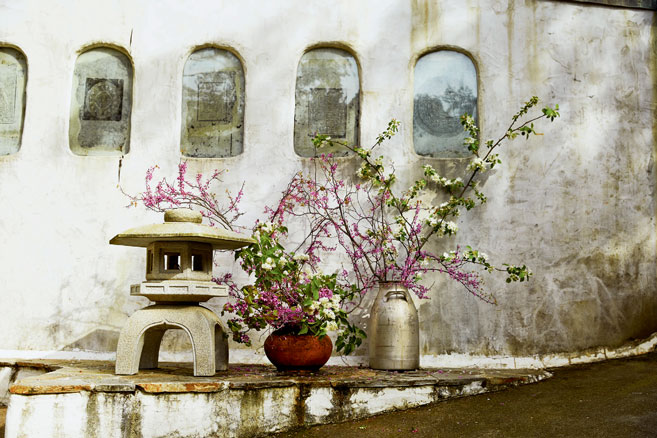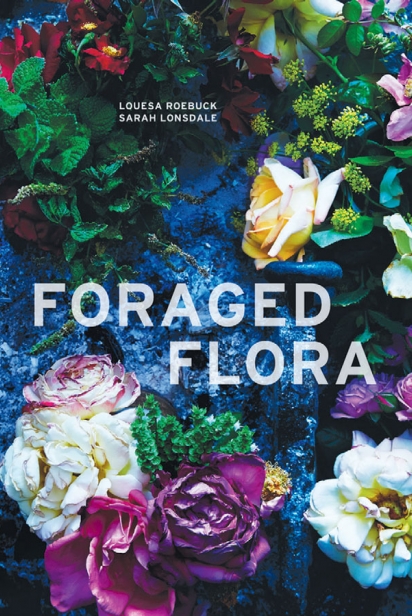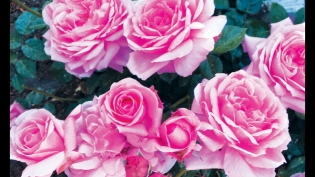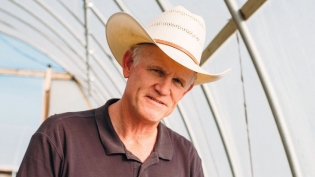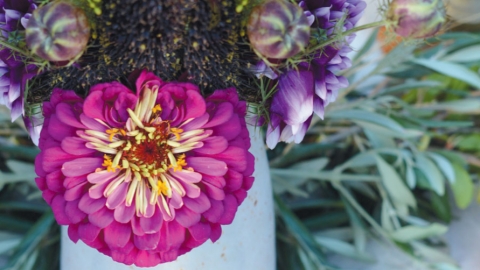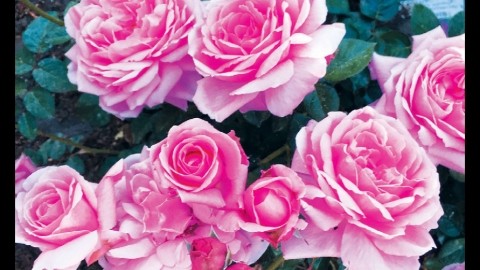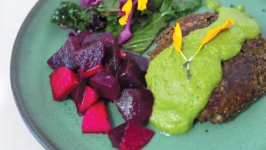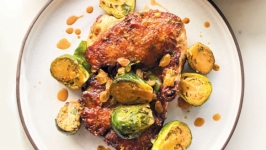Discovered Beauty
We moved to Ojai in August. We are incredibly thankful to have found such a remarkably beautiful and healthy community and ecosystem to call home.
After spending nearly 20 years in the lushness of Northern California, I am spending at least a full calendar year observing, experiencing and attempting to orient myself and, most of all, learn about this new and rich environment.
I can’t wait to see what spring brings, my first spring in this valley. As always, I begin my learning by walking and a self-study of my new place by simply seeing—yes, just seeing—in order to observe and then love.
So I am learning in this new, more arid landscape. Walking, feeling my feet, helps me to open my eyes to see what is growing, or dying, or struggling or waiting to bloom. Each time I step off the path, or take the same path many times, I see something new.
While on a walk in the wet riverbed, I saw new mosses, lichens, sage bursting with new intensely fragrant green life, fennel shooting up new growth and many hawks and falcons hunting wet rodents. You see more than plant life. As I strolled home, I thought of what the spring may bring for my floral work:
Apple and quince blossoms
Lady Banks roses
Heirloom and wild roses
Geraniums of all sorts
Nasturtium
Jasmine
Wisteria
Sorrel
Passion flowers and cobaea
Maybe even a magnolia or two
And, of course, Matilija poppies
My floral work evolved directly from my good luck to have been part of the endless web that is Chez Panisse. There I witnessed gracious and earth-bound beauty every day, every night. Hyper-seasonal, hyper-local and organic, and adhering to a clear and rigorous sense of aesthetics and craft. I began to see that we could live true to these values in every area of our lives, and begin to further unplug from agribusiness and corporate America, and all that entails.
So it simply evolved, and that has always been what my floral work is about: Consideration of each hand that grows our food and our flowers, the health of our homes, of those who grow and, of course, of the planet’s water- and soilsheds. Isn’t the entire planet one water- and soilshed?
My floral work is guided by this, as humans have always foraged and gleaned.
Here are some ideas for creating your own seasonal arrangements:
• Follow your intuition and innate sense of beauty—color, line, composition—and pay attention to negative space.
• Don’t look for or adhere to formulas.
• Begin looking in your neighborhood, on the paths your life takes daily, where you walk and where you drive. Be an active observer.
• Never cut or gather in parklands (unless it’s an invasive species the parks are trying to eradicate).
• Use common sense and ask permission to forage or glean. Talk to people you might not normally have engaged. Begin a dialogue about the local persimmons or magnolias. Ask questions.
• Learn to see flora that are not “cut flowers” as equally, if not more, beautiful. Bring them into your home. Bring in big branches like magnolia or apple blossoms and then figure out how to display them.
• Reject the term “weeds” and see the beauty in wild fennel, nasturtium, borage and many more. Use what you find beautiful, not what the floral industry tells you is beautiful. Detach from agribusiness.
• Know your growers. Ask questions, just like with your food.
• Cut long and irregular. Once cut, you can never make it longer. Embrace irregularity and decay. Don’t just look for pristine and uniform; embrace all the stages of the life cycle.
• Use vines and tendrils for volume and poetic moments. Let them trail off the table or mantelpiece; don’t fight their curvature and grace.
• Look for companion plants that grow next to each other. Bring them home together and create arrangements that honor how they grow.
• Just as food that is local, seasonal and organic is more visually appealing and delicious, so it is with seasonal and sustainable flora. If all of the elements are of the same place and time, the arrangement will intrinsically be more harmonious, more beautiful, have more visual integrity and balance. The color palette will be symbiotic. It’s practically foolproof.


